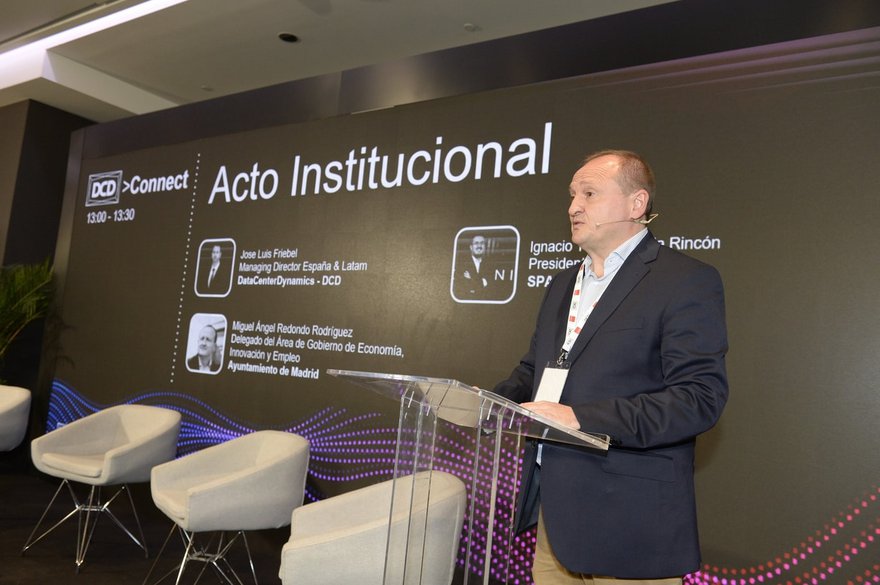Cisco EMEAR managing director sales, data center Patrick Schmidt has given Datacenter Dynamics an exclusive insight into the company’s pact with Microsoft, the threat from Amazon and the future of data centers.
In July networking giant Cisco announced a three year agreement with software major Microsoft to modernize data centers at the latter’s partner conference in Washington DC.
The two companies announced a pact to pre-integrate their respective systems, in order to cut installation times for cloud based IT systems.
They will also pool sales, engineering and marketing resources.
In the first year, the firms will focus on six countries - the US, Canada, UK, Germany, France, and Australia - with international expansion to follow.
Initially efforts will be focused on the migration of Windows 2003 customers to Windows 2012 R2 on the Cisco unified computing system (UCS).
Cisco and Microsoft also plan to create pre-integrated systems for SQLServer 2014.
The problem facing cloud solutions buyers is that they face a dilemma, according to Schmidt.
They can get instant gratification from Amazon Web Services or Microsoft Azure, but become hostage to a potentially expensive proprietary lock-in, or try to build their own cloud services, which takes months to provision.
By removing the complexity, Cisco and Microsoft aim to give customers an open system that gives them long term freedom of choice, without the long drawn out installation process.
“Cisco wants to streamline operations so the time to getting your service is right down. It can take six weeks for a project manager getting the infrastructure ready for a new application, as they ask respective heads to provision the computing, storage and network portions,” Schmidt said.
“By simplifying that, through pre-integration and automation, we can get that down to a matter of hours.”
Schmidt claims the new open architecture will save customers up to 40% of their current costs.
Central to the automatic provision of resources is the concept of the application centric infrastructure (API) in which any application has autonomy and can automatically take resources it needs from the cloud (be it private, public or hybrid.
“The application is now king,” Schmidt said.
The other important aspect of the Cisco-Microsoft pact is that it removes the barriers to free movement of resources, through its commitment to open standards and open architecture, said Schmidt.
If you are an Amazon EC2 customers, the proprietary APIs (application programming interfaces) keep customers locked into their data centers.
With Azure Hyper V provides the mechanism for restricting the customer’s movement and consequently their freedom of choice.
“Without the freedom of movement, you don’t get perfect liquidity and buying decisions are hampered, so you never get the benefits of a free market,” Schmidt said.
Cisco’s open standard, interoperable cloud pact with Microsoft is their strategy for giving customers those benefits, he said.
“If you can’t move your processes around, in response to availability of resources, then it’s not really a cloud service,” Schmidt said.
“But to deliver on that promise, we have to create the right ecosystem.”
Schmidt said this is something they intend to do for the next three years.
Schmidt added by creating a completely open set of standards with universal compatibility will enable customers to move their apps away from Amazon and onto resources in other data centers.

